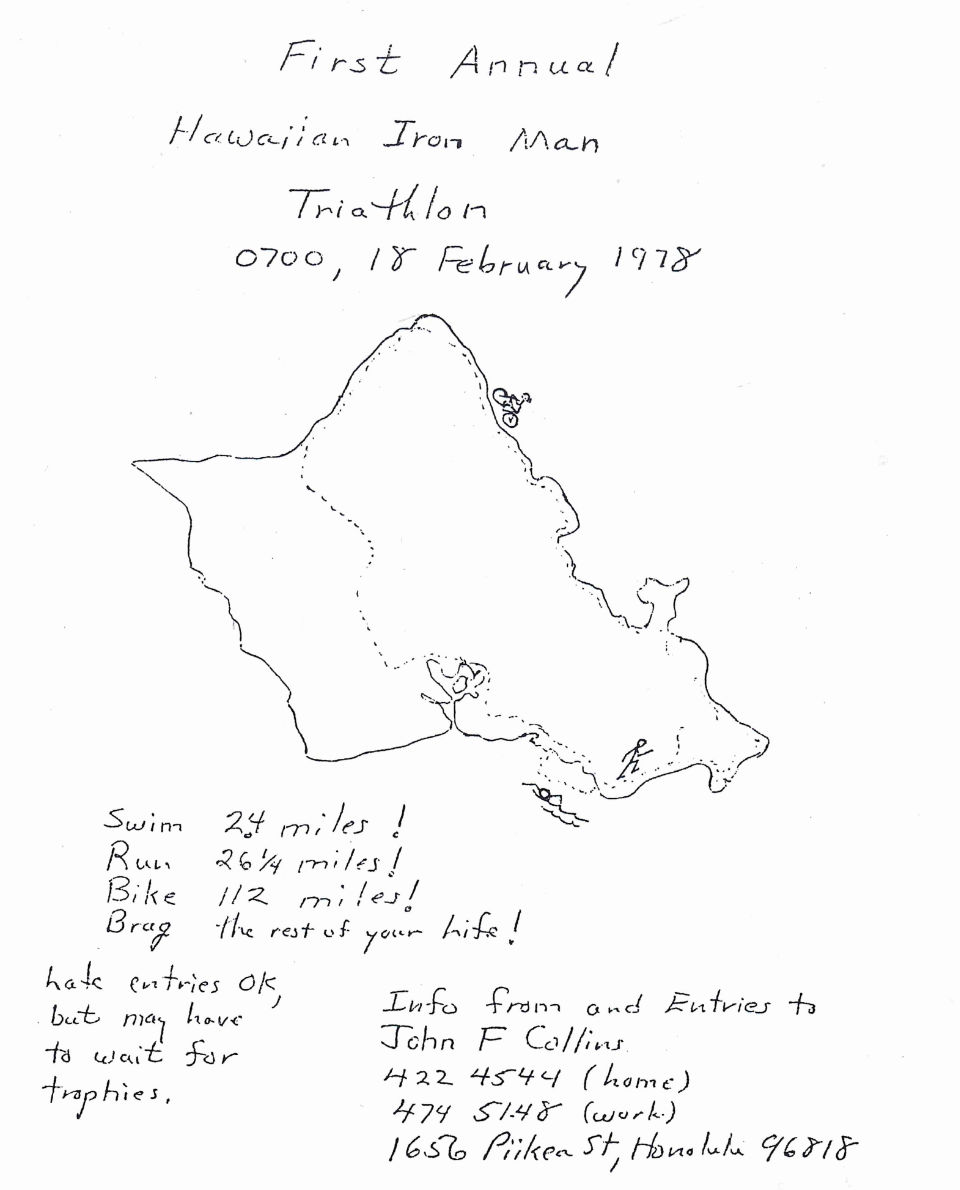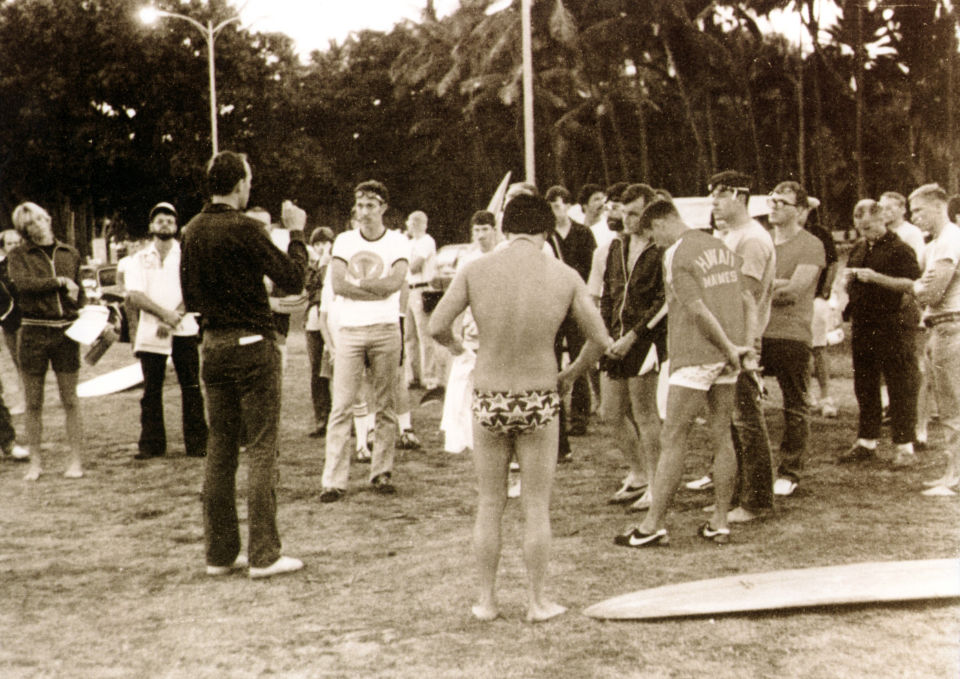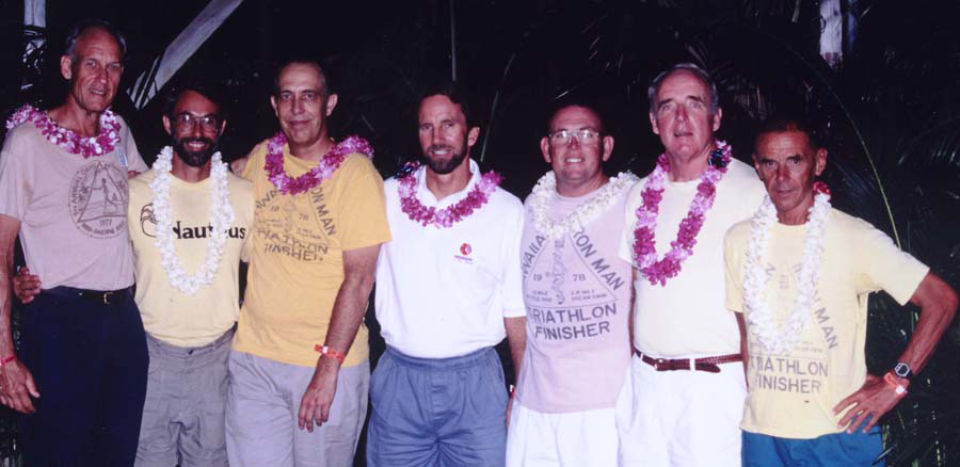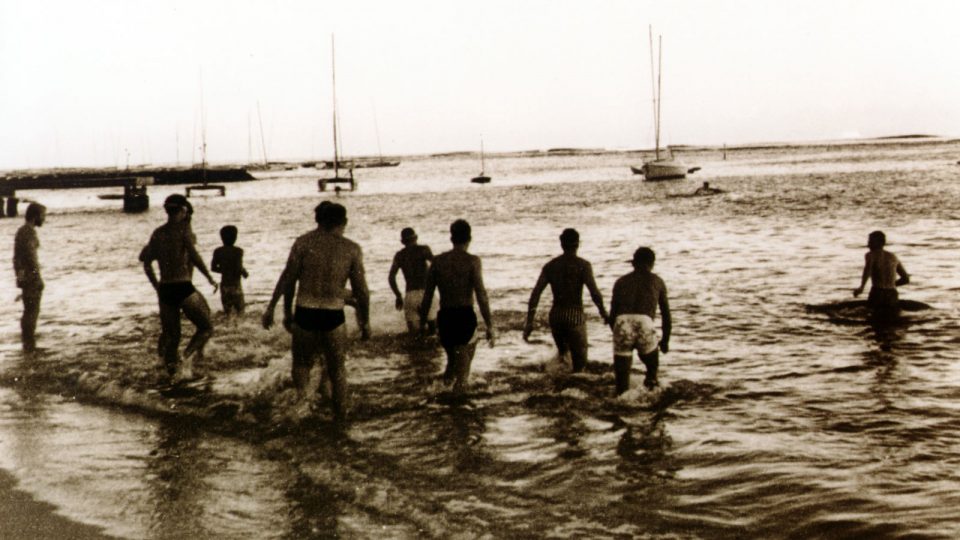Nope, do not be confused. This article is not about Captain America fighting against Ironman in the Civil Wars. Instead, it will be about the triathlon namely IRONMAN. Interested? Well, take a trip down memory lane with me!
The IRONMAN is defined as the epitome of fitness and endurance, where athletes push their limits with a 2.4-mile swim, followed by a 112-mile bike, before finishing off with a 26.2-mile run without a break.
But how exactly did it begin?
The Birth of IRONMAN
Traveling back to 40 years ago, a former United States Navy Commander John Collins was having a debate among his friends to see if swimmers, runners or cyclists were the most accomplished athletes. Soon, an ingenious idea struck him as to combine all these events into one superb-race to settle this debate.
John said:
I said the gun would go off and the clock would keep running, and whoever finished first, we’d call him the IRONMAN.
However, everyone initial response was bursting out into waves of laughter. Little do they not know that the IRONMAN would be of no laughing matter in the future. Collins eventually became the founder of this fitness revolution as it started growing in participation over the 40 years, reaching out to millions through media coverage. IRONMAN participants who were blossoming had to be extremely committed and well trained in order to conquer these three sports in one attempt, within a given time.
Therefore, IRONMAN became a brand as one of the signature endurance events in the world.

Sports Illustrated took IRONMAN to the next level
The first-ever IRONMAN race was held in 1978 where Gordon Haller, a taxi driver from Honolulu, conquered the race. While the event was getting popular through word of mouth, the following race was elevated to new heights.
Despite Haller’s success, he was not the reason that IRONMAN became famous. Tom Warren, who had won the second IRONMAN Series in 1979, was the reason that the event took flight globally. When Warren won, his victory was lapped up by international sports magazine Sports Illustrated, depicting the key characters faced upon during the grueling race in a 10-page publicity. This publicity on pushing one’s body to the limit was a game changer.
Warren instantly became a minor celebrity, and Collins was then flooded with letters of interest from people all around the world who wanted to participate.
Evolution of IRONMAN
Surprisingly, IRONMAN was being considered as a hobby in the late 70’s!
Despite the term IRON “MAN”, women were also taking up the challenge to push their bodies to the limits, which added to the lure of the sport. Additionally, sponsorships and televised coverage started flowing in and helped this event reach out to a bigger audience. The IRONMAN Series continued to expand and in 1985, IRONKIDS was introduced.
A generous anonymous donor donated $100,000 to increase the prestige of IRONMAN, allowing the prize money to increase in the following years. With many competitor’s burning spirits, it became more competitive and demanding in numbers.
Thus, a governing body was needed to manage in which the World Triathlon Corporation was then born. These additions set the tone for the race to expand to the other continents as well as Asia. The race anchored itself in Malaysia back in the year 2000 envisioned by Tun Mahathir to bring international events to the island of Langkawi.
By 2017, IRONMAN was watched by 4.7 million viewers’ worldwide, taking in more than 33 million minutes of live coverage.
Lyn Lemaire makes history as first women finisher
Warren’s spotlight was stolen after Lyn Lemaire, made her stand as the first-ever female finisher in the IRONMAN. She managed to complete the race in 12 hours 55 minutes, fifth place overall. Her achievements paved the way for more women to challenge and mobilize triathlon advocates to encourage female athletes across all race distances and representing all athletic abilities.
Participation triples in 1981
Just three years after the IRONMAN first began, the participation rate tripled. Athletes took part in the 1981 races no longer required to have their own support crew. Not only that, but the participation of women also continued to increase rapidly, with 22 ladies pitting their forces.
Kona – Where IRONMAN legends are born
As the years progressed, without a doubt that IRONMAN continues to develop. Valerie Silk, another generous sponsor for the second IRONMAN wanted to move the race away from the densely populated area of O’ahu to the Kona, a ‘moku’ or district in Hawaii. Back then, Kona was known for its steep volcanic slopes and ideal temperature for specialized coffee agriculture. Nevertheless, it was seen as the new base of operation for IRONMAN because of its extreme conditions which would put participants to the sword. With swirling crosswinds that reached up to 45mph and scorching temperatures of 35 degrees, Kona became the ideal fitness battlefield.
You know you’ve been to hell and back, and that becomes part of the mystique…
recalled Silk of Kona.
Most importantly, legends are born when Kona hosts the annual IRONMAN World Championship every October as thousands of participants contest to make it to the holy grail of the IRONMAN. It is a trail like no other, which adds to the enticement of Kona.
However, due to the measure of safety, IRONMAN also needed to change the cut-off timing and turn up the intensity to 17 hours from the initial 18 hours and 30 minutes for the full distance.

Why IRONMAN Langkawi continues to attract participants
Langkawi remains a beautiful beast that participants yearn to conquer every year with its long, windy roads accompanied by picturesque white sandy beaches and hilly, windy terrains. IRONMAN Langkawi started off in 2000, and ran for a decade and was reintroduced back in 2014 with the support of Malaysia Major Events under the Ministry of Tourism.
Why bring it back to Langkawi?
It is fitting that Langkawi will be part of IRONMAN’s 40th anniversary!
The scenery is stunning, the event is well organized and the race course is one of the most unique. Everybody who wants to do a very special IRONMAN has to put IRONMAN Malaysia on their bucket list.
words said by three-time IRONMAN Malaysia Female Pro-Champion Diana Riesler.
The intriguing and challenging terrain, the natural charm of the island and the immense hospitality of its people is why participants keep returning to Langkawi. IRONMAN Langkawi has attracted other sportsmen too. Malaysia race car driver Nabil Jeffri and former national squash player Azlan Iskandar both participated in the IRONMAN 70.3, finishing in 5 hours 24 minutes and 6 hours 5 minutes respectively.
Another participant, Lim Chee Yong, a young Langkawaian that has watched the event over the years while growing up started training and worked hard to achieve this dream of being a part of the event. In 2017, he became the first Langkawian and the only Malaysian to qualify for the 2018 IRONMAN World Championship in KONA.
The most senior IRONMAN athlete in Malaysia and the author of his IRONMAN journey in his book “The bumblebee in me”, Mr Yee Sze Mun at the young age of 83 years old tells us on what motivates him.
This was what Mr Yee had to say:
IRONMAN is about ordinary people performing extraordinary feats thought impossible. I too believe I could do it, and did. Thus began my 20 plus years of love hate relationship with the IRONMAN. Just continue to believe in yourself, follow your dreams and never give up. You will become a better person, physically, mentally and in every aspect of your life.

The Future of IRONMAN
The mission for 2018 will be to see an increase in participation to more than 2,000 and to see an increase in participating nations. Perhaps down the road, another milestone could see IRONMAN making it way into the Olympic Games. Even though these thoughts are still a long stretch, it’s still a fact that the IRONMAN continues to grow. The sport will not stop achieving greatness.
Have you taken part in this grueling triathlon? Do you dare to take part in the IRONMAN? Share with us your thoughts!





